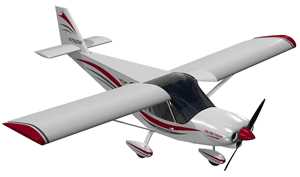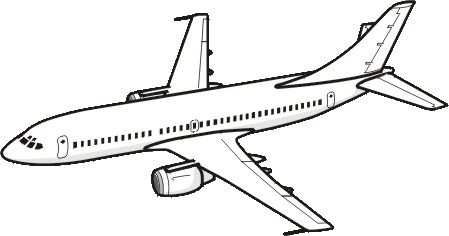Peter:'So now, I'm going to ask you about what the different parts of a plane are.'
Juan:'Ok.'
Peter:'So what's the main part of a plane called? The part which contains the passengers, crew and cargo?'
Juan:'I think that's called the fuselage.'
Peter:'That's right. And what do you call the front part of the fuselage?'
Juan:'That's called the nose. And the section at the back of the airplane is called the tail.'
Peter:'Perfect. And the part of the fuselage behind the nose where the pilots fly the aircraft from?'
Juan:'That's called the flight deck.'
Peter:'Yes it is, but it is more commonly called the cockpit. And what's the section of the plane where the passengers travel in?'
Juan:'That's called the cabin.'
Peter:'And the section under the cabin where the passengers suitcases, bags and other things are carried?'
Juan:'That's called the hold or baggage hold.'
Peter:'Perfect. So what are the wheels called which an aircraft uses when travelling on the ground?'
Juan:'They are called the landing gear and they are on the bottom of the aircraft.'
Peter:'Is the landing gear just attached to the fuselage of the plane?'
Juan:'No, some of the landing gear is also attached to the wings as well. The two long horizontal parts of the aircraft attached to the middle part of the fuselage.'
Peter:'Good. And what do you call the things which power the aircraft so it can move and fly?'
Juan:'That depends on the type of aircraft. On some aircraft (especially bigger ones), they are powered by jet engines which are attached to the wings. On other aircraft (especially smaller ones), they are powered by a propeller which is normally attached to the nose of the airplane.'
Peter:'Perfect.'




 , you can find extra information about the part (e.g. what it is, what it is used etc...) and a Spanish translation. In the second,
, you can find extra information about the part (e.g. what it is, what it is used etc...) and a Spanish translation. In the second,  , is where you can listen to the pronunciation of the name.
, is where you can listen to the pronunciation of the name.
